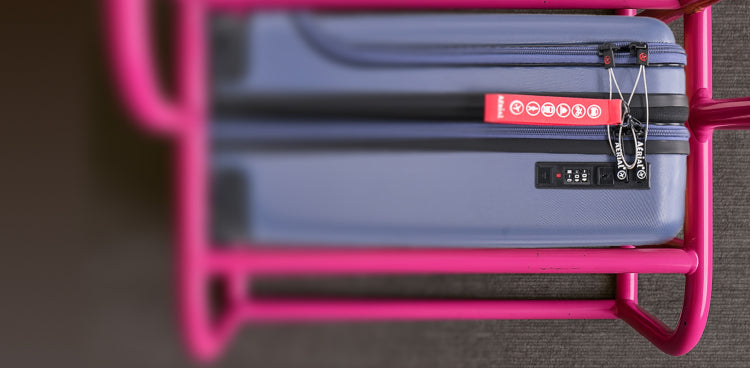
When booking a flight, the headline fare often seems like a bargain—until you reach the airport and get hit with unexpected baggage charges. While most airlines display their cabin baggage rules in the fine print, there’s plenty they don’t tell you up front. Understanding the nuances of airline cabin baggage restrictions can save you time, money, and stress—and ensure you’re not the traveller being pulled aside at the gate.
1. “Cabin bag size limits” aren’t always the same
Every airline has its own definition of what qualifies as a cabin bag. For example, Ryanair allows a 55 x 40 x 20 cm bag only with Priority Boarding, while easyJet offers a 45 x 36 x 20 cm bag as the standard under-seat allowance. Emirates, on the other hand, offers more generous space but varies the rules by cabin class.
What airlines don’t often highlight is that these size restrictions include wheels and handles. If your bag is 55 cm tall without the wheels, it might already be over the limit when measured in full.
2. The real issue is not just size—but shape
Two bags with identical volume can be treated differently depending on their shape. A rigid, boxy suitcase might get flagged by staff if it looks large—even if it technically fits the dimensions. A flexible soft-shell bag, on the other hand, may slide into a sizing cage with less resistance.
Airlines rarely explain that rigid cabin bags can be less forgiving, and it’s often a gate agent’s judgment that makes the final call.
3. Weight matters—and sometimes isn’t enforced
Some airlines like British Airways have no weight limit for cabin bags as long as you can lift them unaided into the overhead locker. Others, like Ryanair and Wizz Air, have a strict 10kg cap on cabin bags. Yet enforcement is inconsistent.
A bag that’s slightly overweight may go unnoticed on a quiet flight—but on a full plane or at a strict gate, you could be forced to check it and pay. Airlines often don't disclose how selective enforcement can be.
4. You might be paying for space you don’t get
Upgrading to bring a larger cabin bag doesn’t always guarantee overhead locker space. Airlines typically board passengers by group, and if you’re late to board, bins may already be full. In that case, your paid-for cabin bag might be gate-checked regardless.
Airlines often fail to explain that buying Priority doesn't guarantee in-cabin placement—only the right to bring the bag through security.
5. Cabin bag rules differ by fare type—even on the same airline
You might assume that what applies to your friend’s ticket also applies to yours—but fare types can drastically alter your baggage allowance. Some tickets include overhead cabin bags, others don’t. And airline staff won’t hesitate to enforce the stricter rule if your booking is a basic fare.
6. There’s no standardisation across the industry
Even among major European airlines, cabin baggage policies vary wildly. Jet2 allows a generous 56 x 45 x 25 cm, while Flybe restricts cabin bags to 45 x 36 x 20 cm. You might buy a bag thinking it’s “cabin size,” only to discover it won’t be accepted by another airline.
Airlines don’t make this clear when selling flights—and most luggage brands don’t either.
7. Sizing cages aren’t always calibrated properly
Those metal measuring cages at the gate? They’re not always accurate. Some are old, bent, or inconsistently enforced. A bag that fits perfectly at one airport might be a tight squeeze at another, depending on how strict staff are that day.
Airlines rarely mention that the gate experience can vary dramatically even within the same brand.
8. Cabin bag fees are a major revenue stream
Most low-cost airlines depend on baggage fees for profitability. While base fares are low, upselling larger cabin bags or priority boarding is a strategic part of their business model. Transparency isn’t always a priority—especially when a well-placed fee can drive millions in additional revenue.
How to avoid surprises at the gate:
-
Always check cabin bag limits by fare type, not just airline
-
Measure your bag including wheels and handles
-
Choose a bag that fits multiple airlines’ limits, such as 45 x 36 x 20 cm or 40 x 20 x 25 cm
-
Use a soft shell if you're close to the size limit
-
Weigh your packed bag at home if your fare has a weight restriction
-
Buy from a retailer offering a size guarantee—like The Cabin Luggage Company



